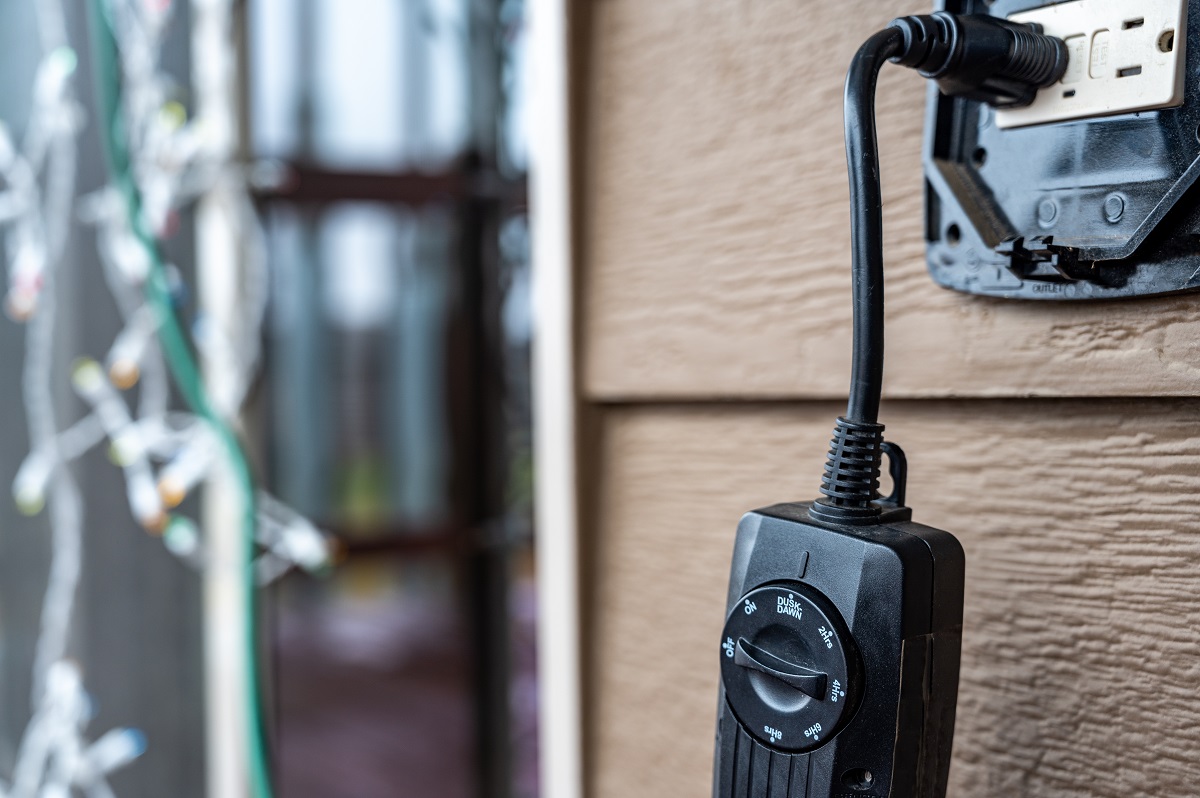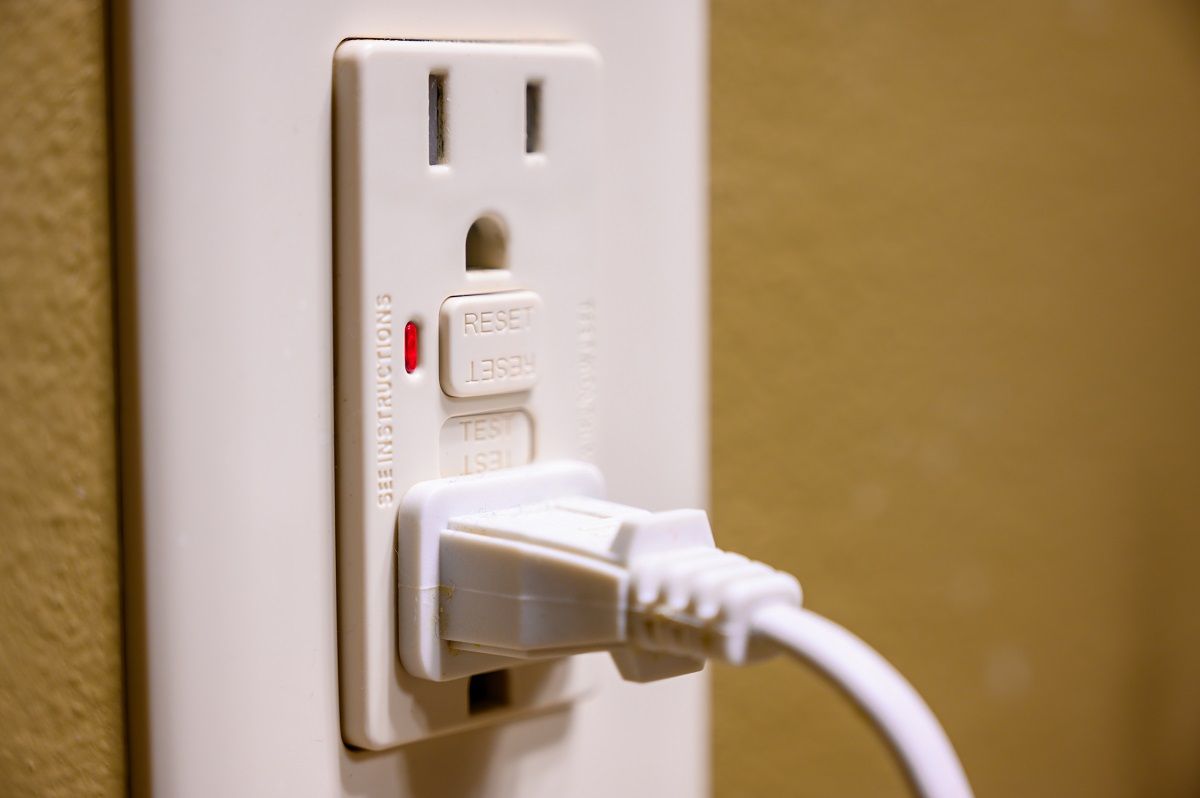Your home is one of the safest places for you, but unfortunately, it can also be one of the most dangerous. Lead, electricity, even stairs can create hazardous conditions. Thankfully, experts have created safety features to help manage dangerous areas of your home and help keep you safe.
One such safety feature is a ground fault circuit interrupter or GFCI. Since GFCIs were introduced in the 1970s, electrocutions have dropped significantly, but how do you know if your GFCIs are working properly?
Brett Brenner, president of the Electrical Safety Foundation International, shared with us important information you need to know about GFCIs to help you avoid a potentially hazardous or even deadly situation.
What is a GFCI outlet?

GFCIs have been a part of the National Electrical Code since the 1970s, and these circuit breakers shut off power to an outlet in the event of a “ground fault” - an electrical fault, usually accidental, that occurs when electricity takes an unplanned path to the ground.
“The whole purpose of having GFCIs in the home is to make sure that you are safe in your home when it comes to water and electricity meeting,” says Brett.
GFCIs are generally installed in bathrooms, kitchens, laundry rooms, basements, and anywhere where water and electricity have the potential to mix, posing a shock hazard.
“Less than 100 folks a year are actually killed by electricity in the home when it comes to GFCI protection,” says Brett. “It’s a big deal that we all accept as second nature, but GFCIs have saved a lot of lives over the last five decades or so.”
How do GFCI outlets work?
A GFCI monitors the electricity the outlet is putting out and the electricity that’s coming back in that circle. If anything interrupts that circuit, it’ll cut off the electrical flow to prevent an electric shock.
“If you were to drop a hairdryer into a bathtub randomly – once that circuit is broken, the energy clicks off,” says Brett. “It’s really there to protect you, the human, from coming in contact with electricity.”
Should GFCIs be tested?

To ensure your GFCIs are working properly, they should be tested at least once a month.
“The older your home and the older the outlet, or if you’re not sure how old the outlet is, you should be testing it more frequently just to make sure you are protected,” says Brett.
GFIC outlet testing include the following simple steps:
- A device, such a nightlight, should be plugged into the GFCI outlet.
- With the device plugged in and turned on, the test button should be pressed. The device should turn off.
- The reset button then should be pressed again. The device should turn on.
The entire test and reset process should take 10 to 15 seconds. If the device doesn’t turn on or off during the test, it means that there’s something wrong or faulty with the GFCI. A qualified electrical technician should be the one to investigate.
Homeowners should always take precautions around electricity and electrical outlets.
Should GFCIs be in older homes?

GFCIs are recommended in all homes, but not all older homes are ready for GFCIs. A home’s electrical system must be grounded in order to receive GFCI installation.
“I know that the house that I’m currently in, which is my in-laws, did not have a grounding system when it was built,” says Brett. “You can’t install something if it doesn’t have another component to the system.”
If you live in an older home, it’s best to have a qualified electrician see if your home is prepped for installation. Plus, installing a GFCI should also be left to a qualified electrician.
Can GFCIs fail?
“Nothing lasts forever,” says Brett, “though GFCIs, typical outlets, and switches usually last a couple of decades.”
Some warning signs that a GFCI outlet may be faulty are:
- Discoloration on the outlet cover.
- An arc or spark when you plug a device in the outlet.
- A burning smell coming from the outlet.
- Something doesn’t feel right when you plug into the outlet.
“Anytime you see something, smell something, or feel something, that’s usually a good sign that something is wrong with the components,” says Brett.
If a GFCI outlet keeps tripping or if a GFCI outlet won’t reset, then you should call an electrician to investigate. The GFCI could be faulty or there could be other problems further up the circuit.
Homeowner Insurance for The Way You Live
At Franklin Mutual Insurance, we recognize your home is more than an investment and place to live. It’s a safe haven where friends and family gather, memories are made, and your most valued possessions reside. Give your home and loved ones the protection they deserve with extensive property and liability coverage that can be customized to meet your needs and budget.
Learn more about our homeowners insurance policies now.
FMI content is powered by vipHomeLink